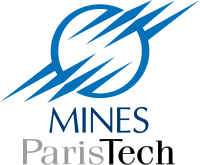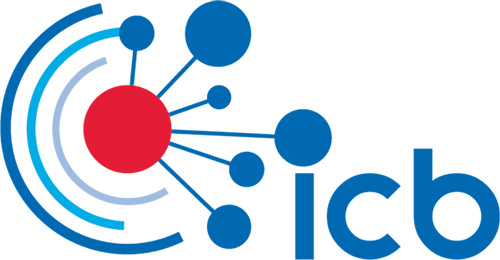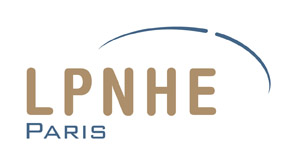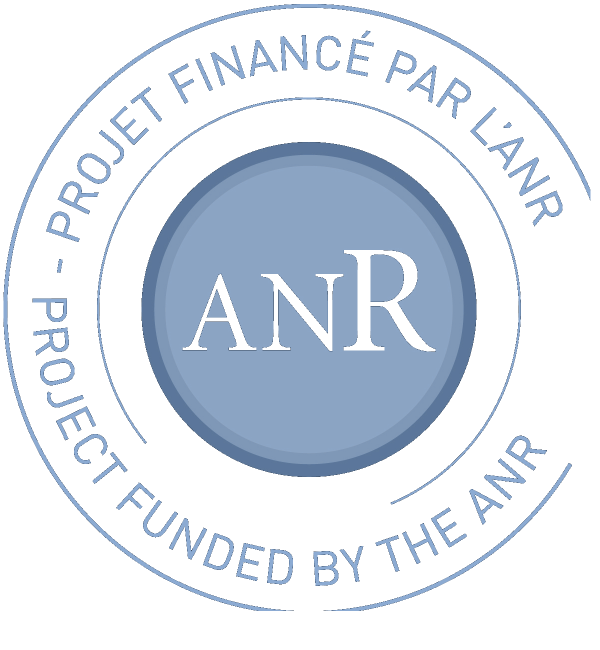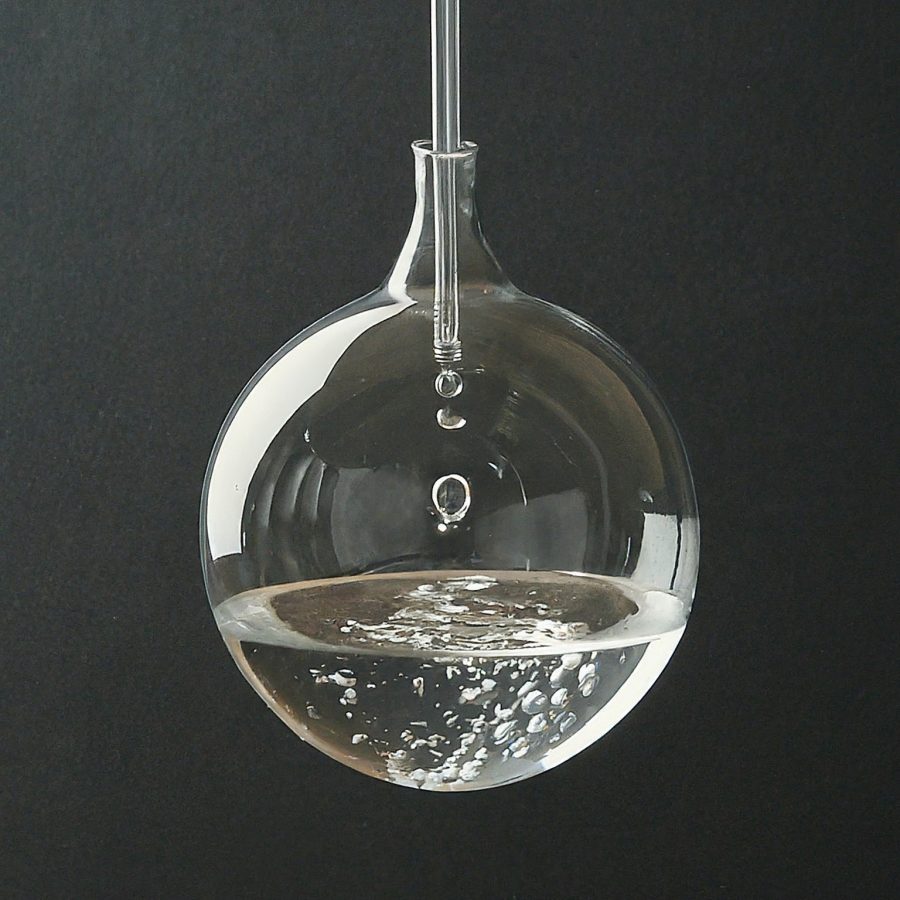
The Motivations
Xe-Ar technology has generated a great interest in the particle physics community over the last decade. With only a few ppm of Xe, in fact, such a mixture eliminates the need for a wavelength shifter, which absorbs and isotropically re-emits light, quenches the LAr slow scintillation component, and finally increases the attenuation length of the light. These properties make the Xe-Ar mixture very attractive for particle detectors in the search for interactions with energies ranging from tens of eV to several GeV.
Although the application field of Xe-Ar technology is very broad, even beyond particle detection, the thermodynamics of the Xe-Ar mixture is not yet fully assessed. Xe-Ar detectors operate at atmospheric pressure and at temperatures for which the mixture Xe-Ar is in the liquid phase. The detector temperature is the one normal boiling Ar (87.3 K) and much lower than the Xe triple point temperature (161.4 K). As a consequence, the maximum Xe content in the Xe-Ar mixture is imposed by the solubility limit of solid Xe in LAr. To determine this limit and the temperature-pressure region of existence of the Xe-Ar liquid phase, the precise knowledge of the Xe-Ar phase diagram is required. Although noble gasses have been widely studied, only few literature data exist for the Xe-Ar mixture.
The Scope
The goal of this project is to characterize both particle detection (scintillation and ionization) and thermodynamic properties of the Xe-Ar mixture. The proposed project encompasses a combination of state-of-the-art experiments, theoretical developments, and innovative and challenging simulations with exciting prospects in fields ranging from fundamental physical-chemistry to astrophysics and medical sciences.
The Collaboration
The Results
Impact of extreme ultraviolet radiation on the scintillation of pure and xenon-doped liquid argon P. Agnes, Q. Berger, M. Bomben, M. Campestrini, M. Caravati, A. F. V. Cortez, D. Franco, C. Galbiati, G. K. Giovanetti, T. Hessel, C. Hidalgo, S. Hoceini, C. Houriez, P. Kunzé, A. Jamil, J. Machts, E. Nikoloudaki, D. Pailot, E. Pantic, C. Savarese, P. Stringari, A. Sung, L. Scotto Lavina, J-M Simon, H. Vieira de Souza, M. Wada, Y. Wang, Y. Zhang arXiv:2410.22863 (2024)
Talks and Seminars
A. Sung at the APS, Measurement of xenon-doped liquid argon scintillation yield, Apr 2024 at Sacramento (USA)
D. Franco at the DRD2 Collaboration Meeting, Impact of EUV on pure and Xe-doped LAr scintillation, Feb 2025 at CERN
S. Hoceini at the DRD2 Collaboration Meeting, Experimental investigation of the phase equilibria of the xenon+argon system, Feb 2025 at CERN
“When the seagulls follow the trawler, it’s because they think sardines will be thrown into the sea.”
E. Cantona



